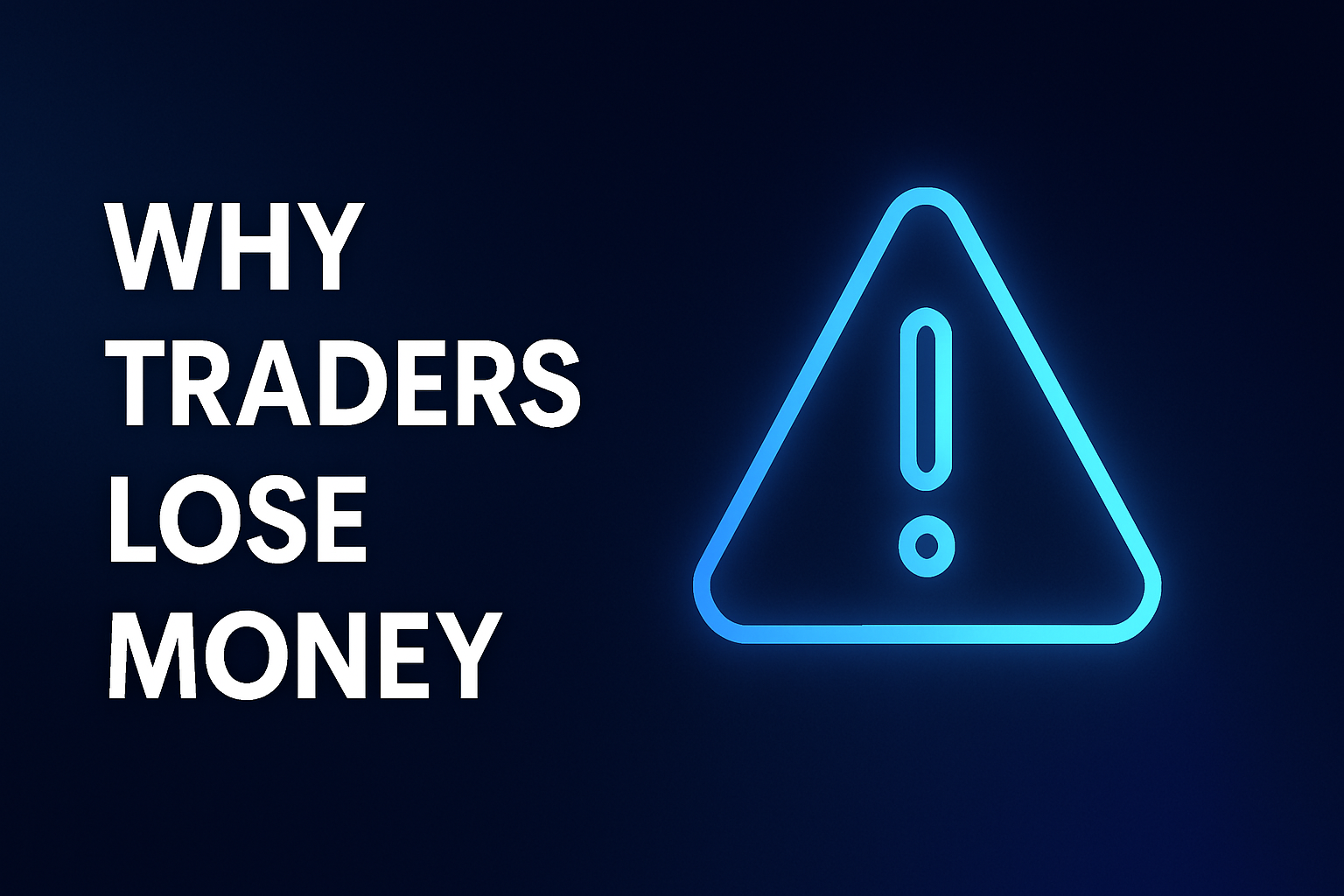Imagine this: You buy a stock at $100, feeling confident in your decision. Suddenly, the price drops to $90. You tell yourself, “It’s just temporary. I’ll wait for it to go back up.” But it keeps falling—to $80, then $70. Instead of cutting your losses, you hold on, hoping for a turnaround. Meanwhile, another trader buys the same stock at $100, sees it rise to $110, and immediately sells out of fear of losing their gains.
Both traders are victims of Prospect Theory, a psychological bias that makes us hold onto losing trades too long and sell winning trades too soon. Understanding this concept can help traders avoid these common mistakes and improve their success.
In this article, we’ll break down Prospect Theory, how it affects traders, and what you can do to avoid its traps.
What is Prospect Theory?
Prospect Theory, developed by Daniel Kahneman and Amos Tversky in 1979, explains how people handle gains and losses. The key ideas are:
- Loss Aversion: Losses feel twice as painful as gains of the same size feel good.
- Risk-Taking in Losses: Traders often take bigger risks to avoid losses, hoping the market will recover.
- Fear of Uncertainty: People prefer a small, guaranteed win over a bigger, uncertain one.
- Framing Effect: How a choice is presented affects decisions. For example, a “90% success rate” sounds better than “10% failure” even though they mean the same thing.
How Prospect Theory Leads to Trading Losses
1. Holding Losing Trades Too Long
Traders often refuse to close losing trades, hoping they will bounce back.
Example: You buy a stock at $100. It drops to $90. Instead of selling, you wait for it to go back up, but it keeps falling.
2. Taking Profits Too Soon
Many traders exit winning trades early because they fear losing their gains.
Example: You set a profit target at 10%, but when your trade reaches 5%, you sell immediately, missing out on further gains.
3. Overtrading After Wins or Losses
A winning streak can lead to overconfidence, making traders take bigger risks. A losing streak can lead to fear, causing hesitation or revenge trading.
4. Ignoring Risk-Reward Ratios
Some traders accept small profits but big losses, which makes long-term success impossible.
5. Revenge Trading
After a loss, traders may place impulsive, high-risk trades to make up for it. This often leads to even bigger losses.
How to Avoid These Mistakes
1. Follow a Trading Plan
Set clear rules for entry, exit, and risk management to prevent emotional decisions.
2. Use Stop-Losses and Take-Profits
Decide in advance where you will cut losses and take profits to avoid panic decisions.
3. Risk Only 2% Per Trade
To avoid emotional attachment, never risk more than 2% of your total capital on a single trade.
4. See Losses as Part of the Game
Even good traders have losses. Focus on long-term success, not individual trades.
5. Aim for a 2:1 Reward-to-Risk Ratio
For every $1 you risk, aim to make at least $2 in profit to stay profitable over time.
6. Keep a Trading Journal
Write down your trades and emotions. Reviewing past mistakes helps you spot patterns and improve.
Conclusion
Prospect Theory explains why traders struggle with losses. By understanding loss aversion, emotional trading, and bad risk management, you can make better decisions and improve your results. Successful trading isn’t just about picking the right trades—it’s about controlling your mindset and emotions.

